A wall carving
discovered in an Egyptian tomb four decades ago was first
made controversial by archeologists who later argued the
image of two men embracing represented an ancient
depiction of homosexuality. Now a renewed debate
surrounds the image, as one Egyptologist argues it's not a
gay relationship represented by the stone carving but a pair
of Siamese twins.
According to a
report in The New York Times, it was in 1964, outside Cairo, near the
famous Step Pyramid in the necropolis of Saqqara and a short
drive from the Sphinx and the breathtaking pyramids at
Giza, that a newfound tomb yielded the wall art in its
most sacred chamber. The image of two men together
included their names inscribed above: Niankhkhnum and
Khnumhotep. Though not of the nobility, they were highly
esteemed in the palace as the chief manicurists of the
king, sometime from 2380 to 2320 B.C., in the time
known as the fifth dynasty of the Old Kingdom. Grooming
the king was an honored occupation.
Archaeologists
were taken aback, reports the Times. It was extremely
rare in ancient Egypt for an elite tomb to be shared
by two men of apparently equal standing. And it was
most unusual for a couple of the same sex to be depicted
locked in an embrace. In other scenes, they are also
shown holding hands and nose-kissing, the favored form
of kissing in ancient Egypt. Over the years, the
tomb's wall art has been subjected to learned analysis,
inspiring considerable speculation. One interpretation is
that the two men are brothers, probably identical
twins, and this may be the earliest known depiction of
twins. Another is that the men had a gay relationship,
a more recent view that has gained support.
Now an
Egyptologist at New York University has stepped into the
debate with a third interpretation. He has marshaled
circumstantial evidence that the two men may have been
conjoined twins, popularly known as Siamese twins. The
expert, David O'Connor, a professor of ancient
Egyptian art at the NYU Institute of Fine Arts, said, ''My
suggestion is that Niankhkhnum and Khnumhotep were
indeed twins, but of a very special sort. They were
conjoined twins, and it was this physical peculiarity
that prompted the many depictions of them hand-holding or
embracing in their tomb-chapel.''
The gay-couple
hypothesis has become the popular idea in the last decade.
A leading proponent is Greg Reeder, an independent scholar
in San Francisco and a contributing editor of
KMT, a magazine of Egyptian art and history.
The most Google references to the tomb, archaeologists
say, concern the gay theory.
The gay argument,
first suggested by French archaeologist Nadine
Cherpion, draws parallels between Niankhkhnum and
Khnumhotep and depictions of married heterosexual
couples in Egyptian art. Because the embraces of
heterosexual couples in tomb art convey an implicit erotic
and sexual relationship--and perhaps the belief of its
continuation in the afterlife--Reeder and his
allies contend that similar scenes involving the two
men have the same significance and that they presumably
are gay partners. ''They are so close together here
that not only are they face to face and nose to nose,
but so close that the knots on their belts are
touching, linking their lower torsos," Reeder told the
Times. "If this scene were composed of a
male-female couple instead of the same-sex couple we
have here, there would be little question concerning
what it is we are seeing.'' When asked about O'Connor's new
interpretation, Reeder said it was fascinating but added,
''It's the most extreme and unnecessary theory.''
(Advocate.com)











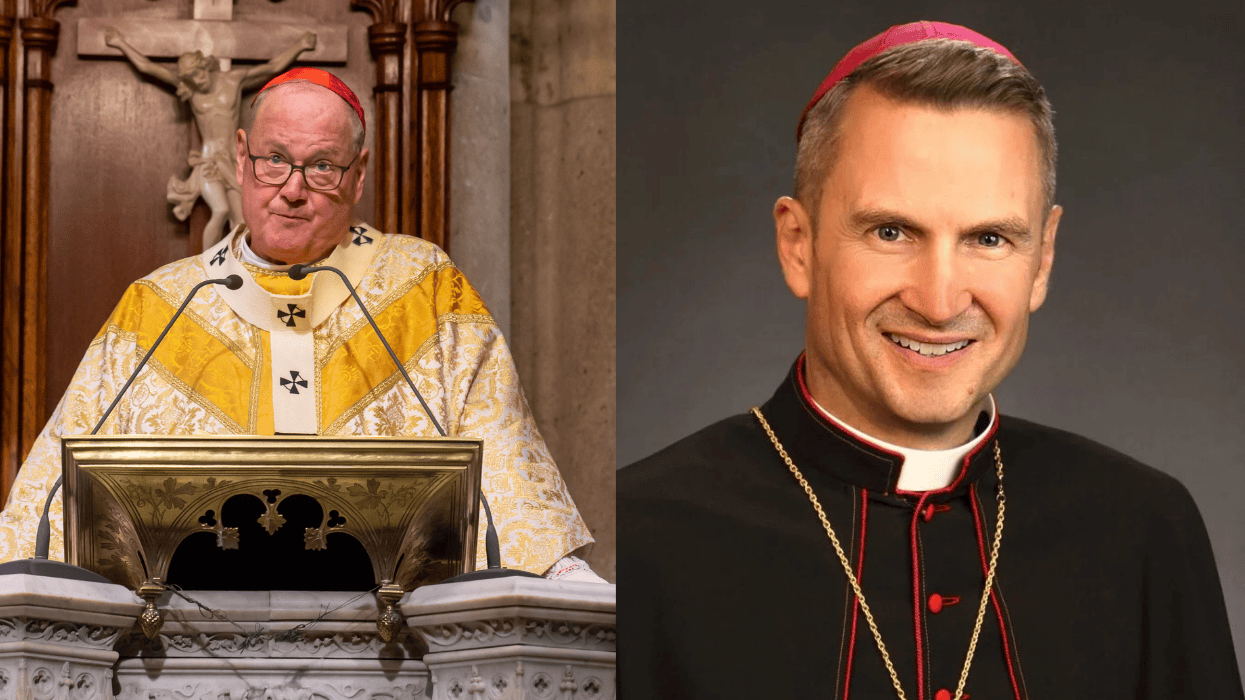


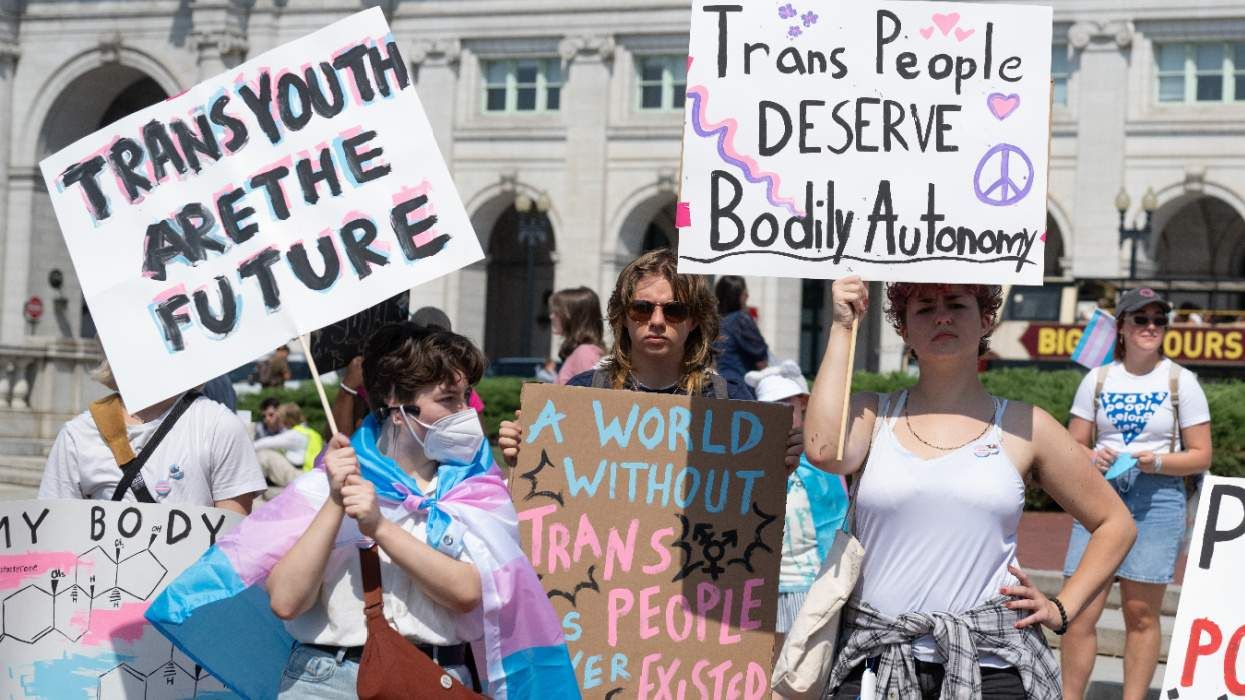









































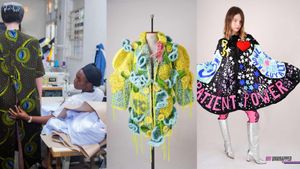
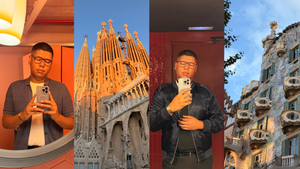




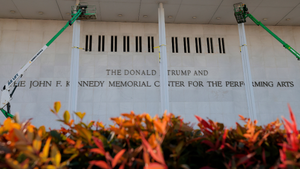





Charlie Kirk DID say stoning gay people was the 'perfect law' — and these other heinous quotes